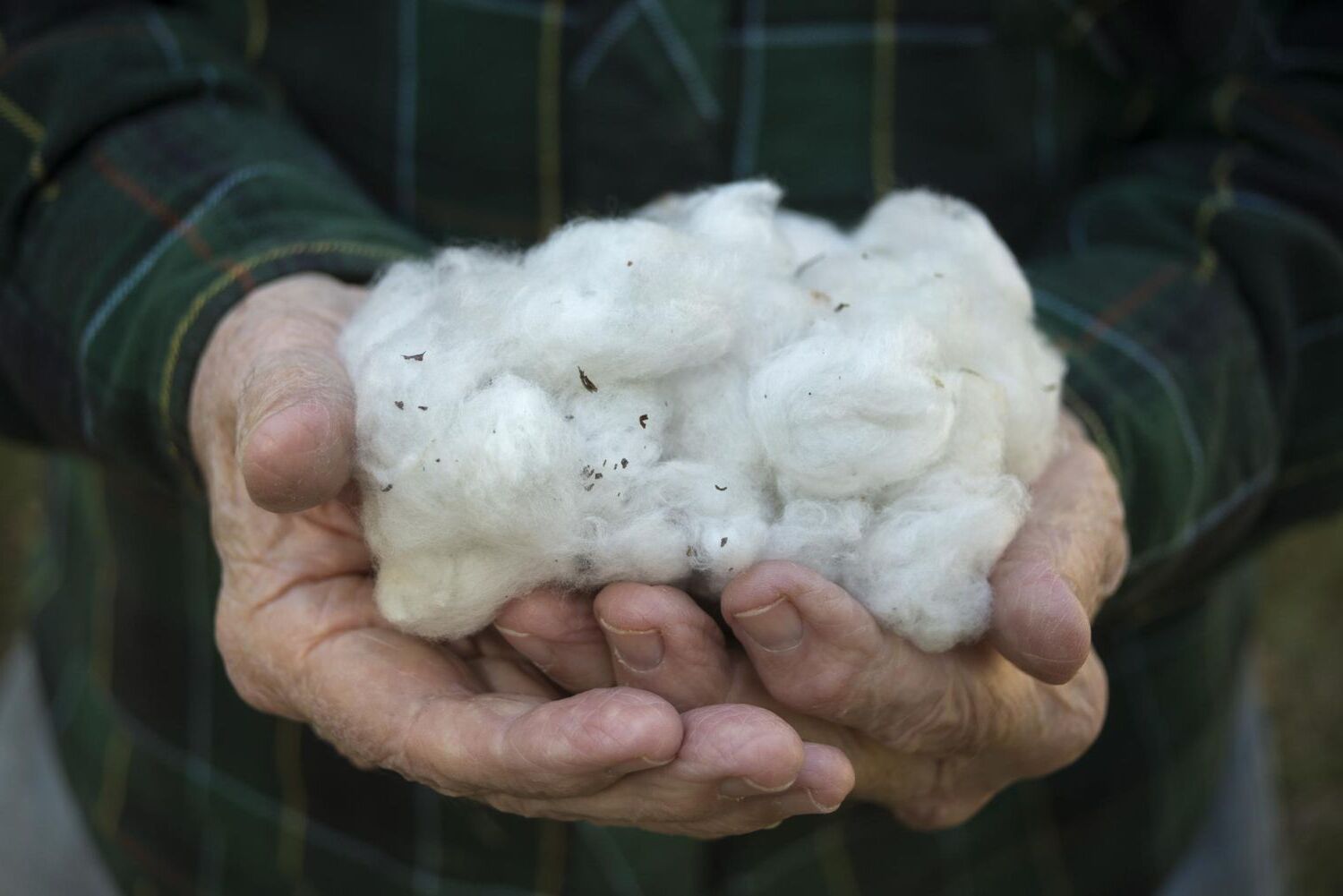
What is cellulose? Cellulose is a natural polymer found in the cell walls of plants. It's the most abundant organic compound on Earth. This mighty molecule gives plants their structure and strength. Think of it as the plant world's skeleton. Humans can't digest cellulose, but it plays a crucial role in our diet as fiber. It helps keep our digestive system healthy. Beyond nutrition, cellulose is used in making paper, textiles, and even some plastics. Ever wondered why cotton feels so soft? That's cellulose at work! From the trees in your backyard to the clothes you wear, cellulose is everywhere.
What is Cellulose?
Cellulose is a complex carbohydrate that forms the primary structural component of plant cell walls. It’s the most abundant organic polymer on Earth. Here are some fascinating facts about this incredible substance.
-
Cellulose is a polysaccharide: Made up of glucose units linked together, cellulose is a type of carbohydrate known as a polysaccharide.
-
Found in plant cell walls: It provides structural support to plants, making them rigid and strong.
-
Most abundant organic compound: Cellulose is the most common organic compound on Earth, with an estimated 1.5 trillion tons produced annually by plants.
-
Insoluble in water: Unlike many other carbohydrates, cellulose does not dissolve in water, making it ideal for providing structural integrity.
-
Humans can’t digest cellulose: Our digestive systems lack the enzyme cellulase, which is necessary to break down cellulose into glucose.
Uses of Cellulose
Cellulose isn't just important for plants. It has a wide range of applications in various industries, from food to textiles.
-
Used in paper production: The primary material for paper and cardboard is cellulose, derived mainly from wood pulp.
-
Textile industry: Cellulose is used to make rayon and other synthetic fibers, which are then woven into fabrics.
-
Food industry: Cellulose is used as a food additive, often labeled as cellulose gum or carboxymethyl cellulose, to thicken and stabilize products.
-
Pharmaceuticals: It acts as a binder in tablets and pills, ensuring they hold together until consumed.
-
Biofuel production: Cellulose can be converted into bioethanol, a renewable energy source.
Cellulose in Nature
Beyond its industrial uses, cellulose plays a crucial role in the natural world.
-
Gives plants their shape: The rigidity of plant cell walls, thanks to cellulose, allows plants to maintain their shape and stand upright.
-
Found in algae: Not just limited to land plants, cellulose is also present in the cell walls of many types of algae.
-
Fungi can break it down: Certain fungi produce cellulase, the enzyme needed to decompose cellulose, playing a vital role in nutrient cycling.
-
Symbiotic relationships: Some animals, like cows and termites, have symbiotic bacteria in their guts that help them digest cellulose.
-
Microbial cellulose: Some bacteria can produce cellulose, which is used in medical applications like wound dressings.
Interesting Properties of Cellulose
Cellulose has some unique properties that make it incredibly useful and versatile.
-
High tensile strength: Cellulose fibers are incredibly strong, making them useful in materials that need to withstand tension.
-
Biodegradable: Unlike many synthetic materials, cellulose is biodegradable, breaking down naturally over time.
-
Thermally stable: It can withstand high temperatures without decomposing, making it useful in various industrial processes.
-
Absorbent: Cellulose fibers can absorb a significant amount of water, which is why they are used in products like paper towels and diapers.
-
Chemically modifiable: Cellulose can be chemically altered to produce a wide range of derivatives with different properties and uses.
Cellulose in Everyday Life
You might be surprised to learn how often you encounter cellulose in your daily routine.
-
In your clothes: Many of the fabrics you wear, like cotton and linen, are made primarily of cellulose.
-
In your food: Cellulose is used as a low-calorie filler and thickener in many processed foods.
-
In your books: The pages of books are made from paper, which is primarily cellulose.
-
In your medicine: Many pills and capsules contain cellulose as a binder or filler.
-
In your home: Cellulose insulation is used in homes to improve energy efficiency.
-
In your hygiene products: Items like tissues, toilet paper, and sanitary products often contain cellulose for its absorbent properties.
The Final Word on Cellulose
Cellulose is a fascinating and essential part of our world. From its role in plant structure to its use in everyday products, this natural polymer is everywhere. It's not just in trees and plants; it's in the paper we write on, the clothes we wear, and even some foods we eat. Understanding cellulose helps us appreciate the natural world and the many ways we rely on it. Whether you're a student, a scientist, or just curious, knowing these facts can give you a new perspective on the materials around you. So next time you pick up a piece of paper or wear a cotton shirt, remember the incredible journey of cellulose. It’s a small but mighty component that makes a big difference in our daily lives. Keep exploring and stay curious!
Was this page helpful?
Our commitment to delivering trustworthy and engaging content is at the heart of what we do. Each fact on our site is contributed by real users like you, bringing a wealth of diverse insights and information. To ensure the highest standards of accuracy and reliability, our dedicated editors meticulously review each submission. This process guarantees that the facts we share are not only fascinating but also credible. Trust in our commitment to quality and authenticity as you explore and learn with us.
